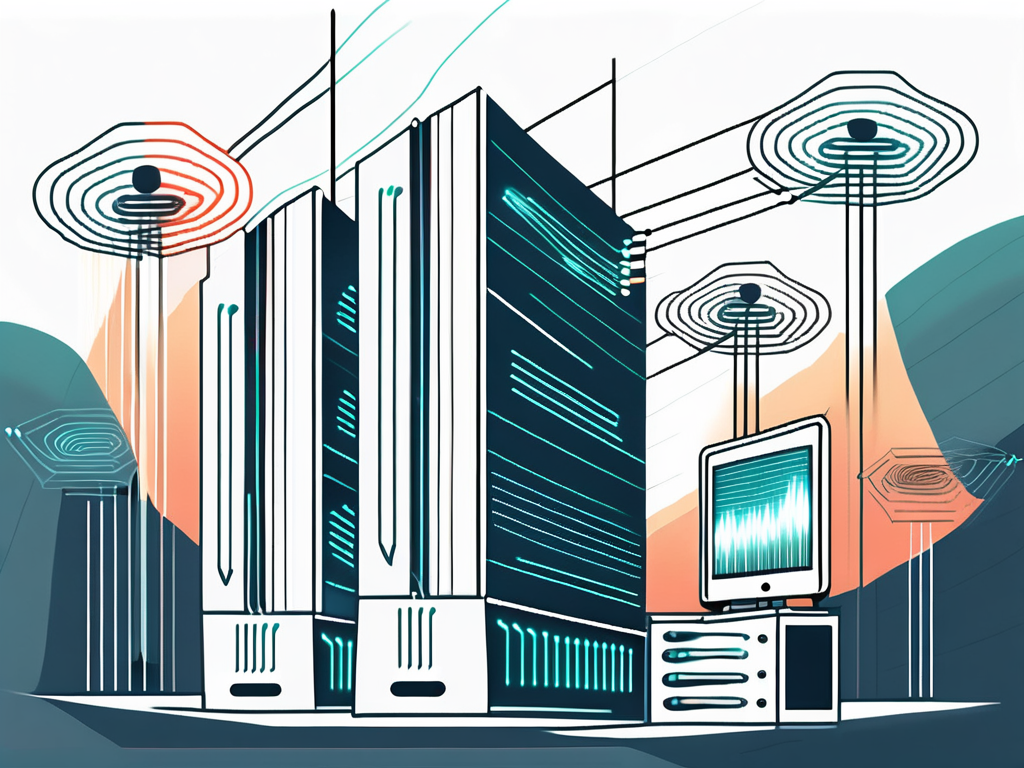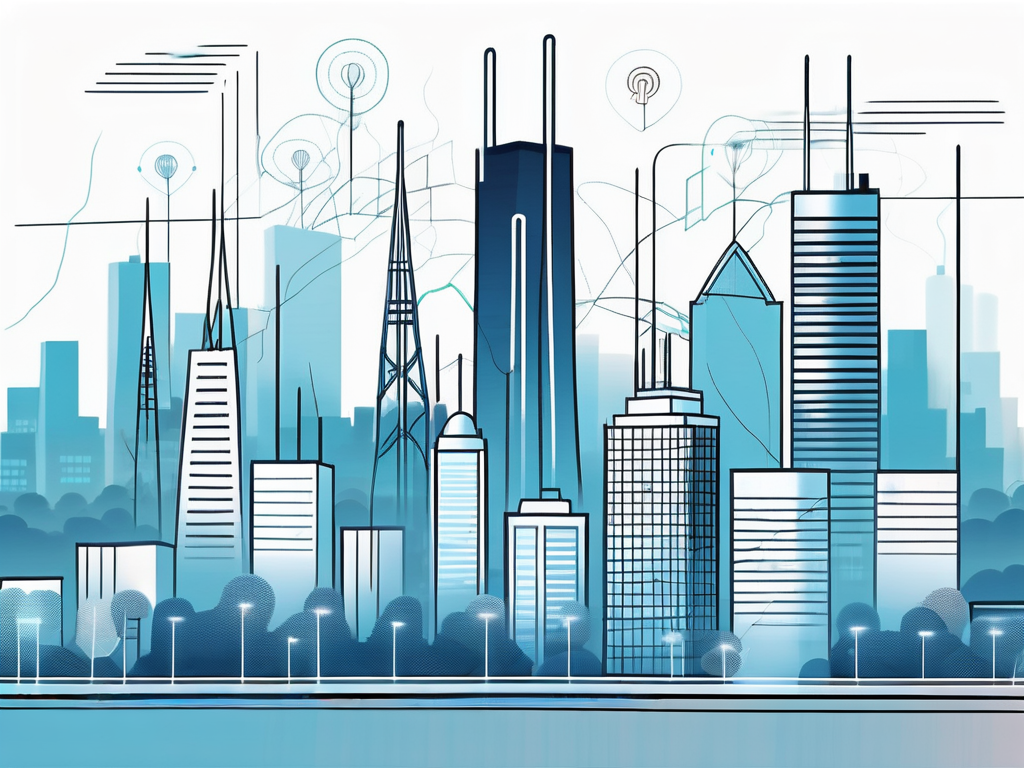
Demystifying the Mechanics of Cellular 5G Networks
The advent of 5G technology has ushered in a new era of connectivity, promising faster speeds, lower latency, and the ability to connect more devices simultaneously. But how exactly do these cellular 5G networks function? This comprehensive guide will delve into the intricate workings of 5G networks, providing a clear understanding of this transformative technology.
The Basics of 5G Technology
Before we delve into the specifics of how 5G works, it's important to understand what 5G is. The term "5G" stands for fifth-generation cellular wireless. It is the latest iteration of mobile technology, designed to increase the speed and responsiveness of wireless networks.
5G networks are built on a combination of technologies, including millimeter waves, small cells, massive MIMO, beamforming, and full duplex. Each of these plays a crucial role in delivering the high-speed, low-latency connectivity that 5G promises.
Millimeter Waves
One of the key technologies behind 5G is millimeter waves. These are high-frequency waves that can carry more data than the lower-frequency waves used in previous generations of mobile technology. However, they have a shorter range and can be easily blocked by buildings and other obstacles.
To overcome these challenges, 5G networks use small cells, which are miniature base stations that can be placed in strategic locations to provide coverage. This leads us to the next key technology behind 5G - small cells.
Small Cells
Small cells are crucial for extending the coverage and capacity of 5G networks. They are essentially mini base stations that can be deployed in urban areas to boost signal strength and network capacity. By using a large number of small cells, 5G networks can provide reliable high-speed connectivity even in densely populated areas.
Another advantage of small cells is that they can be deployed flexibly, depending on the demand. For instance, if a particular area experiences high data traffic at certain times of the day, more small cells can be deployed to handle the load.
The Role of Massive MIMO and Beamforming
Massive MIMO (Multiple Input Multiple Output) and beamforming are two more technologies that play a pivotal role in 5G networks. Massive MIMO involves using a large number of antennas at each base station to improve signal quality and data speed.

On the other hand, beamforming is a technique used to direct the radio waves from multiple antennas in a specific direction. This helps to improve signal strength and reduce interference, resulting in better network performance.
Massive MIMO
Massive MIMO is a key technology that helps 5G networks achieve high data speeds. By using a large number of antennas at each base station, Massive MIMO can serve multiple users simultaneously, increasing the capacity of the network.
Moreover, Massive MIMO also improves the efficiency of the network by reducing interference. This is achieved by focusing the signal in specific directions, rather than broadcasting it in all directions as in traditional base stations.
Beamforming
Beamforming is another crucial technology in 5G networks. It involves using advanced algorithms to determine the best path for radio waves to reach each user. By directing the radio waves in a specific direction, beamforming improves signal strength and reduces interference.
Furthermore, beamforming also enables more efficient use of the spectrum, as it allows for multiple users to be served simultaneously on the same frequency band. This is particularly important in 5G networks, where spectrum efficiency is a key requirement.
Full Duplex and Network Slicing
Full duplex and network slicing are two more technologies that contribute to the performance of 5G networks. Full duplex allows for simultaneous transmission and reception of data on the same frequency, while network slicing enables the creation of multiple virtual networks on the same physical infrastructure.
Full Duplex
Full duplex is a technology that enables simultaneous transmission and reception of data on the same frequency. This is a significant advancement over previous generations of mobile technology, which required separate frequencies for transmission and reception.
By enabling full duplex, 5G networks can effectively double the capacity of the network. This is particularly important in scenarios where high data rates are required, such as in video streaming or virtual reality applications.
Network Slicing
Network slicing is a technology that allows for the creation of multiple virtual networks on the same physical infrastructure. Each slice can be customized to meet the specific requirements of different applications or services.
For instance, a slice can be created for IoT devices that require low latency but not necessarily high data rates. Another slice can be created for applications that require high data rates, such as video streaming. This flexibility makes 5G networks more efficient and adaptable to different use cases.
Conclusion
Understanding how cellular 5G networks work can seem complex due to the multitude of technologies involved. However, each technology plays a critical role in delivering the high-speed, low-latency connectivity that 5G promises.

From millimeter waves and small cells to massive MIMO and beamforming, each technology contributes to the performance and efficiency of 5G networks. Furthermore, technologies like full duplex and network slicing provide the flexibility and capacity needed to support a wide range of applications and services.
As 5G continues to evolve, it's clear that this technology will play a pivotal role in shaping the future of connectivity, enabling new applications and services that were previously unimaginable.
